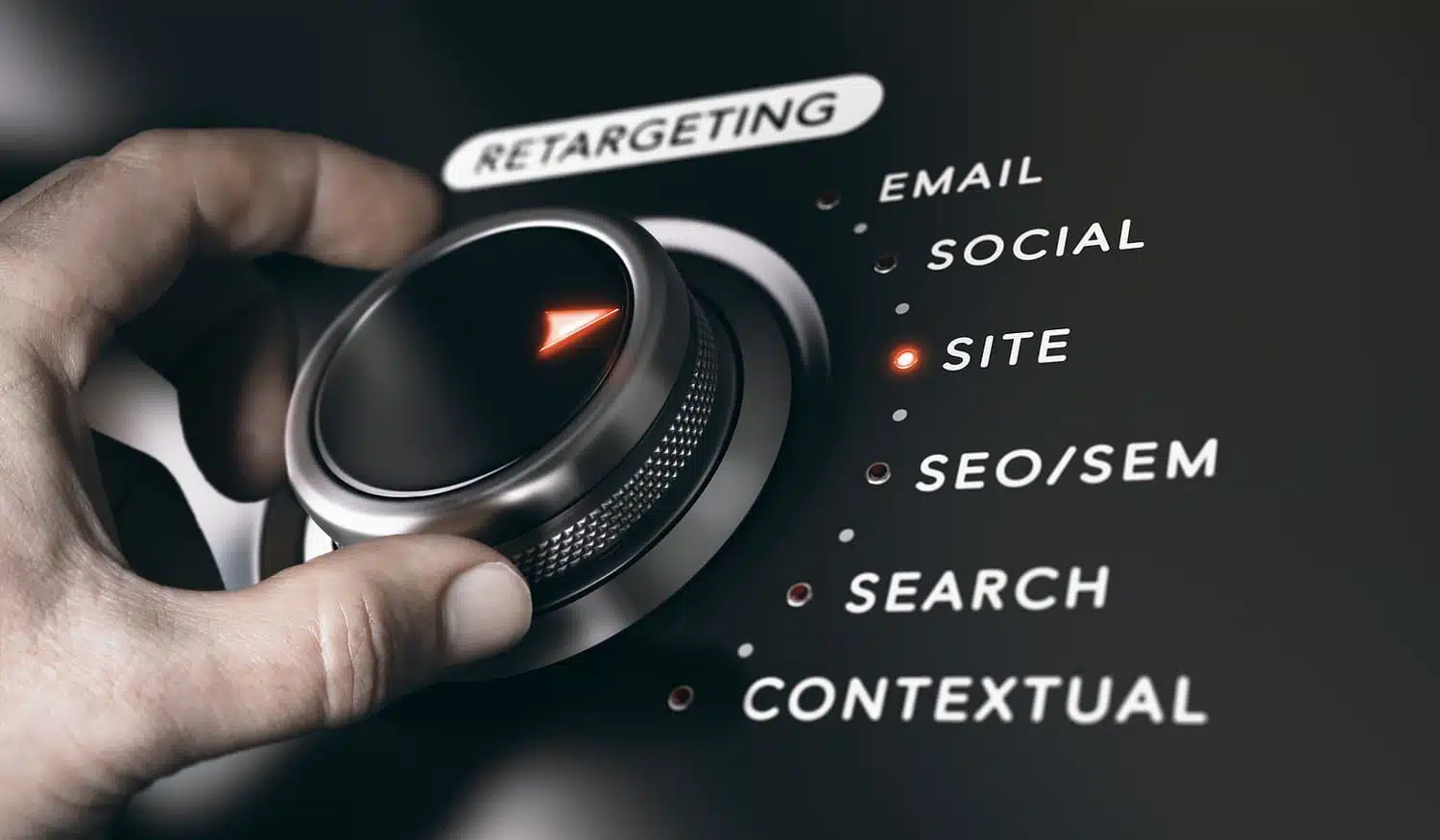Building trust with potential patients doesn’t always happen the first time they see your ad. Many people researching orthodontic care take time before booking an appointment. That’s where smart retargeting for orthodontists comes in, reconnecting with those who’ve shown interest but haven’t taken the next step yet.
This guide explores how retargeting works, the different strategies orthodontists can use, and how each one helps strengthen patient engagement and boost conversions over time.
Understanding Retargeting for Orthodontists: Why It Matters
Retargeting for orthodontists is one of the most effective ways to reach people who already know your name but haven’t scheduled a visit yet. Instead of starting from scratch, these campaigns focus on audiences who’ve visited your website, clicked an ad, or interacted on social media. They already have some level of interest, which makes your marketing more efficient and personal.
This approach works because orthodontic care decisions take time. Patients often compare options, read reviews, and talk with family before committing. Retargeting helps keep your practice visible during that process by showing helpful, consistent reminders about your services, team, or promotions. It bridges the gap between awareness and action.
Three main stages make retargeting campaigns successful:
- Building awareness through display or social ads
- Encouraging engagement through email or video content
- Driving conversions with specific offers or appointment links
Using retargeting strategies for orthodontists in this structured way helps practices build trust, improve visibility, and guide potential patients toward treatment more effectively.
Orthodontic Retargeting Strategies That Actually Work

Strong campaigns often combine several techniques. You can use tracking pixels to collect audience data, segment visitors by behavior, and personalize the messages they see. By matching your ads with where patients are in their journey, your outreach feels helpful instead of repetitive. These orthodontic retargeting strategies are designed to remind, reassure, and motivate patients to take action.
Here are a few practical methods you can apply right away:
- Use Facebook and Instagram pixel data to retarget people who viewed treatment pages.
- Create Google Display ads for visitors who left before completing a form.
- Send follow-up email reminders to those who requested information but haven’t booked.
- Promote educational blog posts to re-engage users still researching options.
Incorporating retargeting strategies for orthodontists across multiple channels creates a stronger, more consistent presence. This approach ensures that potential patients keep seeing your message until they’re ready to trust your practice with their smile.
Creating Retargeting Ads for Orthodontists That Convert
The strength of any campaign depends on how well your ads connect with your audience. Retargeting ads for orthodontists should focus on clear, relatable messages that remind potential patients why your practice is the right choice. Keep the tone conversational and reassuring, using visuals that reflect real smiles and genuine care rather than generic stock imagery.
A good ad doesn’t overwhelm with details. It highlights one key point, maybe flexible payment options, faster treatment technology, or a friendly local team. Make sure your call-to-action is simple, such as “Book Your Free Consultation” or “See Your Smile Options.” This clarity helps people recognize the next step right away.
When using retargeting strategies for orthodontists, consistency matters more than frequency. Rotate your creatives every few weeks, update your offers periodically, and match the design to your overall branding. This keeps your campaigns fresh while maintaining trust and familiarity with your audience.
How Retargeting Strengthens Orthodontist Digital Marketing Campaigns

By using retargeting strategies for orthodontists alongside search ads, social media, and email campaigns, you create a steady cycle of engagement and brand awareness. Patients see your name often enough to remember it and associate it with professionalism and care. Over time, that familiarity increases the likelihood they’ll reach out when they’re ready for treatment.
Here are a few benefits of integrating retargeting into your marketing plan:
- Increases the effectiveness of other campaigns by supporting brand recall
- Reduces wasted ad spend by targeting people who have already shown interest
- Builds credibility through repeated, positive exposure
- Improves lead-to-patient conversion rates with strategic reminders
When done right, retargeting strengthens every part of your digital presence, turning one-time visitors into familiar faces who eventually walk through your doors.
FAQs About Retargeting for Orthodontists
What platforms work best for orthodontic retargeting?
Facebook, Instagram, and Google Display Network are among the most effective platforms. They allow orthodontic practices to reach people who previously visited their websites or interacted with their ads, keeping your brand visible across the most-used online spaces.
How often should orthodontists refresh their retargeting ads?
Refreshing creatives every four to six weeks helps prevent ad fatigue. New visuals and updated copy keep audiences interested and encourage more clicks without overwhelming them with the same message.
Is retargeting expensive for small practices?
No, it’s one of the most cost-effective forms of digital advertising. Since you’re targeting a specific audience that’s already interested, you spend less while increasing the chance of conversions.
Can retargeting help with existing patient reactivation?
Yes. Retargeting is not just for new leads. You can also use it to remind past patients about checkups, retainer care, or new treatment options. It’s an easy way to maintain engagement and strengthen loyalty.
Get to Know Ortho Marketing — The Experts Behind Proven Retargeting Ads for Orthodontists
Ortho Marketing is the country’s leading orthodontic and dental marketing agency, dedicated to helping practices grow through proven digital strategies. For over 20 years, their team has supported dental professionals nationwide with innovative tools, personalized campaigns, and data-driven results.
They specialize in a full range of services, including SEO, PPC, social media, branding, and ad retargeting for orthodontist solutions designed to strengthen patient engagement and drive growth. With a deep understanding of how dental practices operate, Ortho Marketing delivers marketing systems that work seamlessly and consistently.
To learn how your practice can attract, convert, and retain more patients through effective retargeting strategies for orthodontists, connect with the team at Ortho Marketing today. Start growing your practice with smarter marketing that makes every click count.




